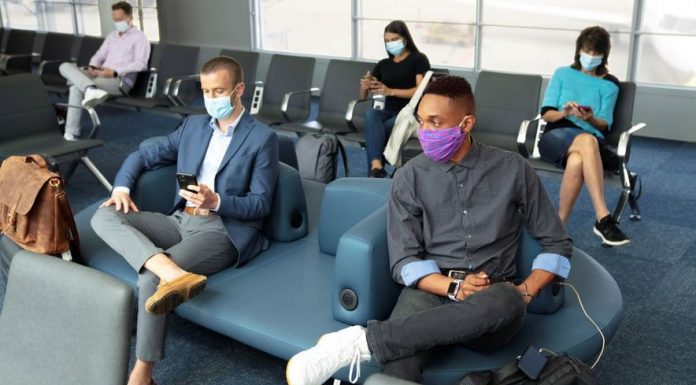The Biden administration is “seriously” considering a requirement for all domestic travelers to provide a negative coronavirus test before flying, according to a Centers for Disease Control and Prevention official.
Right now, only international travelers are required to test negative before flying into the U.S.
But the federal government is considering applying that requirement to every U.S. citizen traveling domestically as well, since several new variants are spreading throughout the country, Reuters reported.
There are “conversations that are ongoing and looking at what the types and locations of testing might be,” Marty Cetron, the head of the CDC’s Division of Global Migration and Quarantine, told reporters this week.
Biden hinted at this new requirement last week when he directed U.S. agencies to make recommendations to “impose additional public health measures for domestic travel.”
“We realize that there’s been a dramatic evolution and increase in both testing platforms and testing capacity. I think this is a really important part of our toolkit to combat this pandemic,” Cetron said.
The news comes just a couple of weeks after the CDC changed its testing guidance to account for false positives.
Now, a person must test positive for COVID-19 at least twice in order to be considered a positive case.
“Testing does not eliminate all risk,” said CDC Director Robert Redfield last week. “But when combined with a period of staying at home and everyday precautions like wearing masks and social distancing, it can make travel safer, healthier, and more responsible by reducing spread on planes, in airports, and at destinations.”
The airlines, however, are worried that testing requirements for domestic travel would hurt the industry even more, according to Reuters.
Biden has signed several coronavirus-related executive orders since first taking office last week.
They include a national mask mandate on federal property, an order to rejoin the World Health Organization, a suspension of eviction and foreclosure moratoriums, and a continued “pause” on student loan payments until Sept. 30.

